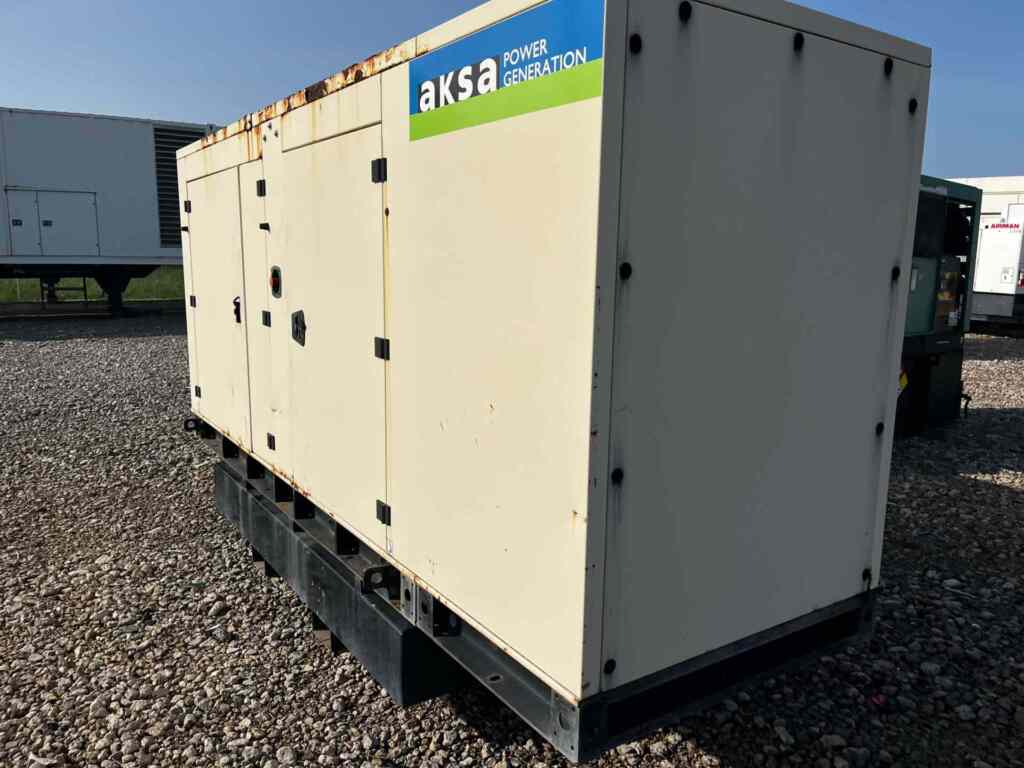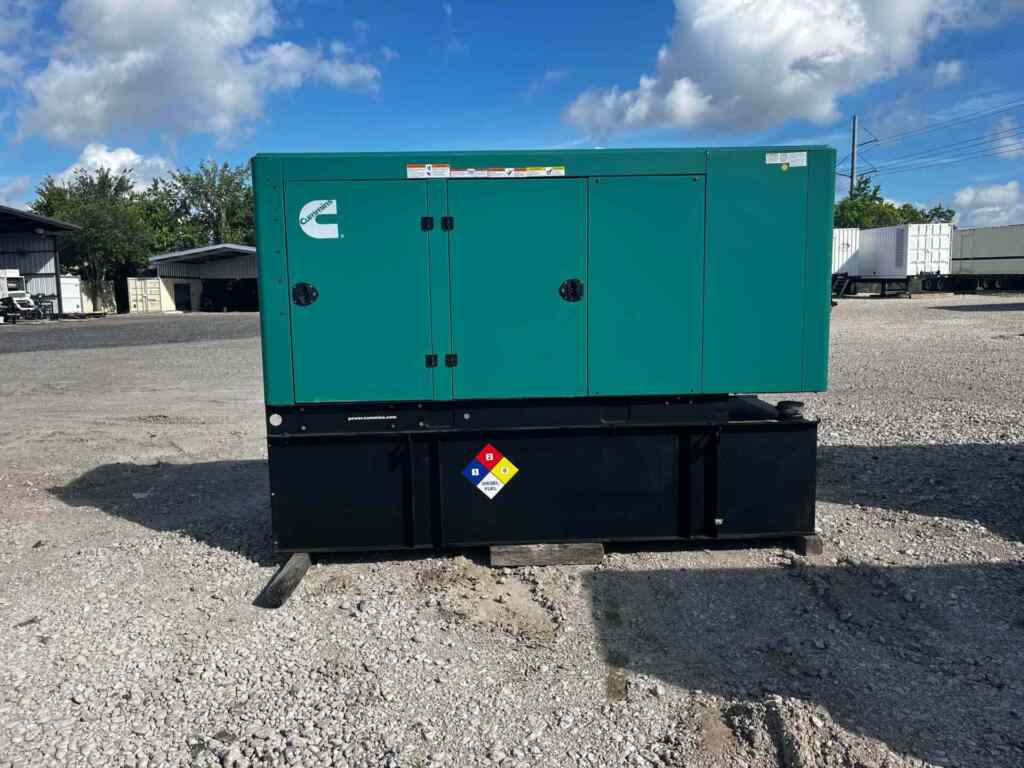Various industries use diesel engine generators to power their diverse array of equipment. Many businesses in these industries prefer diesel generators because they have much greater power outputs than other generators, and the energy coming out is steady because of the governor. Read on for an explanation of the role of governors in diesel engine generators.
What Is a Governor?
What is the function of governors in diesel engines? In simple terms, the governor is the speed controller in a diesel engine. Generators without governors have inconsistent power production, and this can lead to a constant change in power output. This instability happens when generators have a constant flow of fuel entering the engine. Alternatively, a diesel engine generator with a governor maintains a constant speed. This constant speed happens because the governor varies the amount of full going to the engine.
The type of governor in your generator depends on the generator itself. Each uses a different formula for determining the right fuel setting for its target speed.
Its Purpose in Diesel Engine Generators
A governor is critical in a diesel engine generator because the machine would slow and struggle to power something, like a big machine or piece of equipment, without the governor. You can manually increase the fuel entering the engine to handle loads of this size, but your engine will spin too fast once you remove the equipment. Depending on the industry, diesel generators power multiple loads at once. A governor is necessary with so many variances in power output. It controls the fuel and speed automatically, saving you the headache of managing a speed that delivers power to your equipment.
Different Governors
You can divide the many generators and governors into two groups—mechanical control and electronic control. These mechanical controls are commonly found in older generators, and electronic control governors exist in newer generators. The mechanical controls often use a proportional control, measuring the electrical load and adjusting the speed accordingly. This control is efficient but doesn’t reach the exact target speed, and it takes time to adjust to a new load.
Advanced electronic control governors use a proportional integral derivative (PID) controller. These PID controllers can identify the exact electrical load it’s dealing with and find the exact fuel setting that keeps the speed consistent for all equipment attached to the generator.
By understanding the role of governors in diesel engine generators, you can see why they are the go-to generators for many businesses and organizations. The function of the governor in a diesel engine is to regulate the engine’s speed and maintain steady operation under varying loads. While these generators are great options, you must find a good supplier who produces high-quality diesel commercial generators. If that’s what you’re looking for, come to us at Turnkey Industries. We have different sizes to fit your business’s specific needs!
 Turnkey Industries offers a variety of high-capacity
Turnkey Industries offers a variety of high-capacity 






